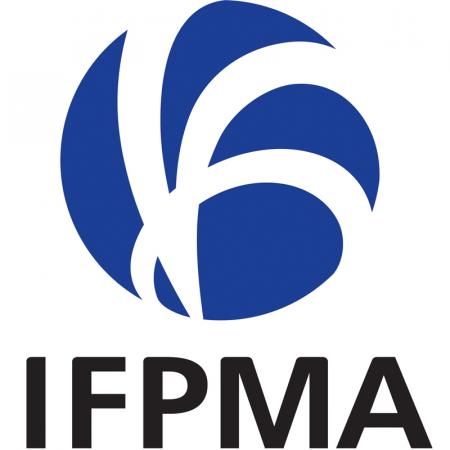The food-associated resistome is shaped by processing and production environments
Antimicrobial resistance (AMR) is a significant health threat, with 4.95 million deaths caused in 2019 by AMR micro-organisms. The misuse of AMs, particularly in clinical settings and agriculture, is a major driver of AMR increase. The diversity of resistant bacteria and AMR genes in food production systems remains poorly characterized. Some micro-organisms can survive and persist in food processing environments, serving as natural inoculants or posing a threat to human health. The diversity of AMR determinants in food production environments and their impact on the resistome of end food products is yet to be unraveled. A study by the MASTER EU Consortium analyzed 1,780 raw-material, end-product, and surface samples from 113 food processing facilities to test this hypothesis. The analyses provided an in-depth characterization of AMR determinants in foods and their processing environments, highlighting potential hotspots for their transfer and information on their carrier taxa and association with MGEs.
AMR NEWS
Your Biweekly Source for Global AMR Insights!
Stay informed with the essential newsletter that brings together all the latest One Health news on antimicrobial resistance. Delivered straight to your inbox every two weeks, AMR NEWS provides a curated selection of international insights, key publications, and the latest updates in the fight against AMR.
Don’t miss out on staying ahead in the global AMR movement—subscribe now!






